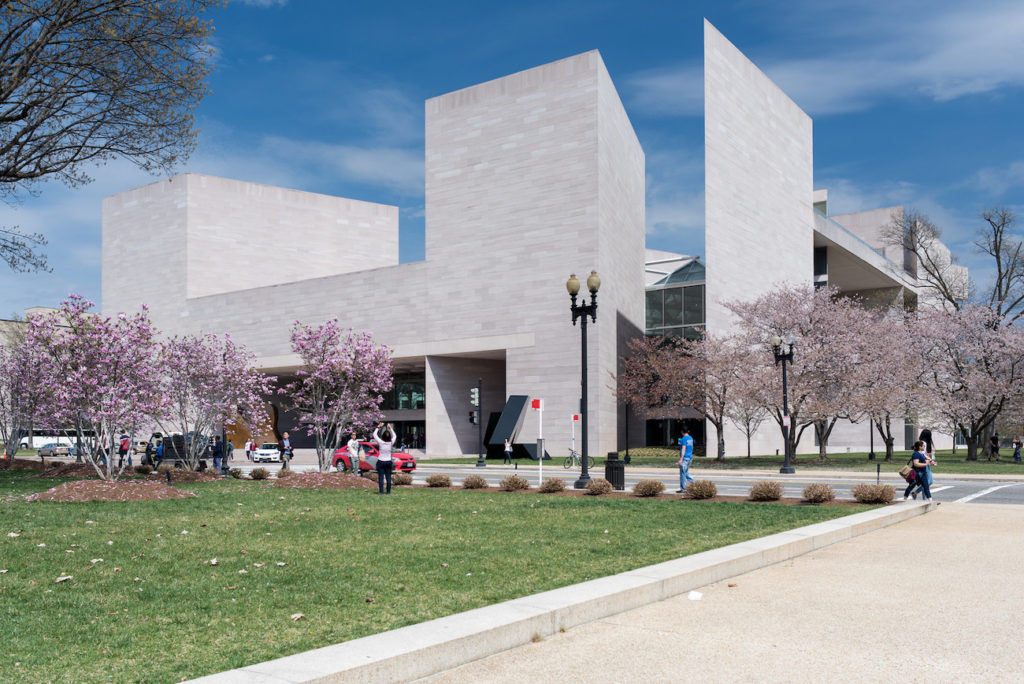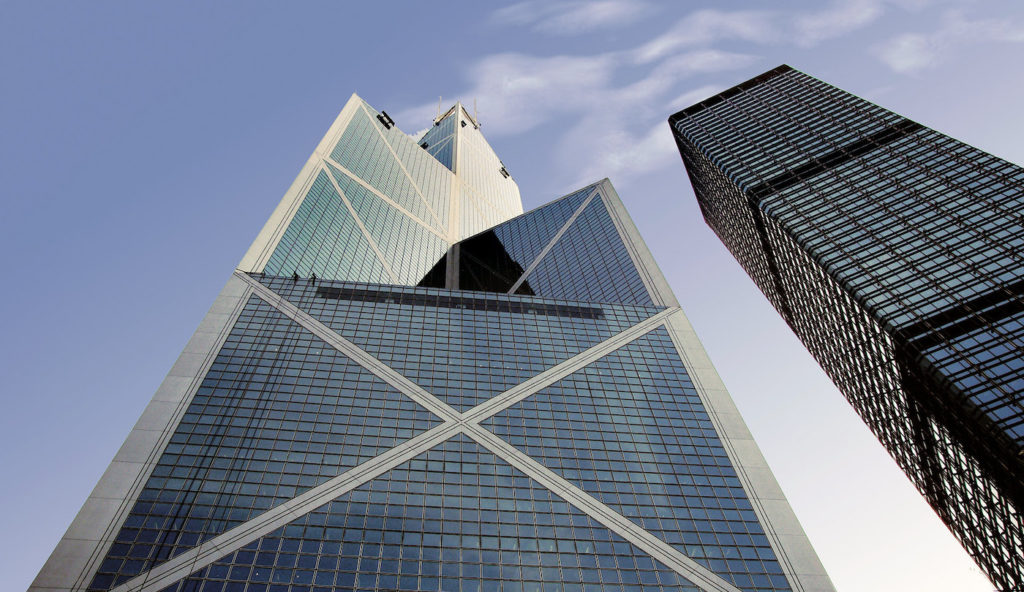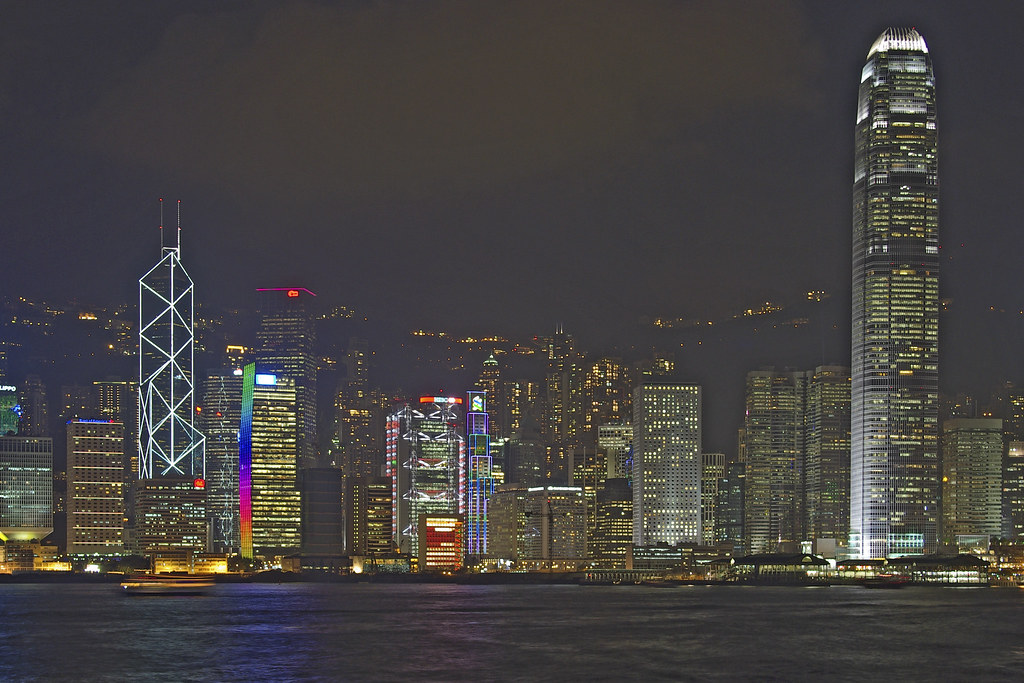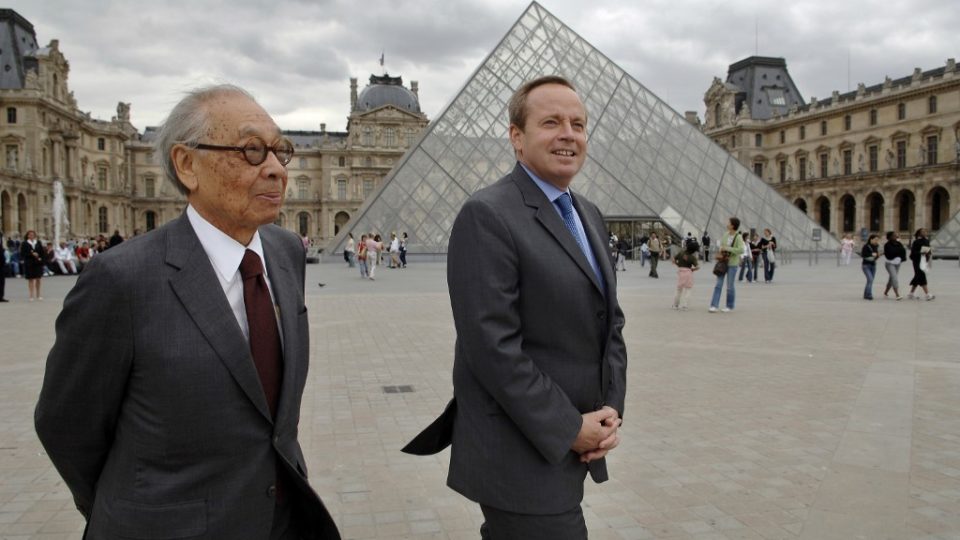I. M. Pei, one of the most renowned architects of the 20th century, and the designer of Hong Kong’s skyline-defining Bank of China building, died at his home in New York on Thursday. He was 102 years old.
Born in Guangzhuo in 1917, Pei moved to the United States in the 1930s to study, ultimately becoming a champion of a modernist “architecture of ideas” whose geometric simplicity and gestures towards monumentality won over even stalwart traditionalists, the New York Times reports.
A few years after receiving his graduate degree in architecture from Harvard, Pei founded his own firm, I. M. Pei & Associates, in 1955, and won contracts to design a number of major buildings across the United States through the 1960s. In 1978, he completed the East Building of the National Gallery of Art in Washington, DC, which would become his most resounding success up to that point.

The angular marble structure served as proof of Pei’s contention that modernist architecture could carry the same gravitas as its traditional forebears. Ada Louise Huxtable, the Times’ chief architecture critic at the time, lavished praise on the design, calling it not only “a great 20th century building,” but “a great building for all time.”
However, the project for which Pei is most famous would come 11 years later: his famed — and controversial — glass pyramid in front of the Louvre, in Paris. When Pei first revealed his design, he was calumnied as practically vandalizing one of the world’s best-loved monuments.
Upon completion, however, the structure swayed the critics, and is now considered a modernist masterpiece. Pei later said: “If there’s one thing I know I didn’t do wrong, it’s the Louvre.”
That same year, 1989, Pei completed Hong Kong’s Bank of China building.
https://www.facebook.com/photo.php?fbid=10157084347850930&set=a.187472100929&type=3&theater
It was a curious quirk of fate that he had come to design it in the first place: Pei had spent part of his childhood in the city after his father, the prominent banker Tsuyee Pei, was transferred there in the to run none other than the Hong Kong branch of the Bank of China.
Indeed, when the bank’s board of governors wanted to approach Pei about building the Hong Kong headquarters, in a nod to Chinese etiquette, they first sought his father’s permission.
In another interesting piece of family history, Pei actually designed the building along with his own son, who was also an architect at his firm.
Upon it’s completion, the 72-story, 315-meter building — designed to resemble growing bamboo, a symbol of prosperity — was hailed as astounding. The architect and critic Peter Blake wrote at the time that it was “probably the most innovative skyscraper structure built anywhere to date,” CNN reports.

“It is, in the view of many who have seen it, the finest Modern skyscraper since Mies van der Rohe’s Seagram Building was completed over 30 years ago,” he said.
No less stunning than the tower’s aesthetics was its engineering, which had to meet Hong Kong’s incredibly high standards for wind tolerance — more than twice as high, for instance, as those in Chicago, the “Windy City.”
Pei’s long-time collaborator, Leslie Robertson, employed an innovative “mega-structure” approach that allowed the tower to have not only maximum structural integrity, but to be built with less than half the steel typically used in similar buildings in Hong Kong.
Among other innovations, the building’s distinctive triangular supports transfer all of its weight onto steel columns at the corners, obviating the need for internal vertical supports.
At the time, the Bank of China tower was the tallest building in Hong Kong — and in the world, outside of the United States. Though it has since been dwarfed by other constructions, it remains one of the most recognizable elements of Hong Kong’s skyline.

For all the praise it earned, however, the project was not without controversy. Hong Kong’s feng shui masters claimed that the triangular building’s edges were veritable knife blades menacing its neighbors, including the nearby HSBC headquarters — which was considered something of a rival project, built around the same time and with a much, much larger budget.
The year the Bank of China tower was completed, 1989, was also the year of the Tiananmen Square Massacre, which saw hundreds of pro-democracy protesters murdered by the People’s Liberation Army in Beijing.
The killings prompted Pei to reflect on his work in China.
In an emotional op-ed in the New York Times in the days after the massacre, he described the decades he spent working in the United States while dreaming of one day being able to pursue projects in his homeland.
“We wanted to believe that a more open and modern China was possible,” he wrote. “Today, these dreams are dashed by the horrible events at Tiananmen Square. We were shocked beyond measure. The revulsion soon turned to anger, then sadness, for it was all so unnecessary.”
Pei described the time he had spent working in China (he designed a hotel outside of Shanghai and Hong Kong’s Sunning Plaza, demolished in 2013, prior to the Bank of China building) and the sense of optimism it had given him for the country’s future.
But Tiananmen, he said, “tore the heart out of a generation.”
“China will not be the same after this terrible tragedy. Will we ever be able to work in China again? I am not sure.”
At the time, Pei was already a household name, one of the most celebrated designers in the world, and a winner of the Pritzker Prize, often called the Nobel of architecture. In another Times story detailing the numerous successes he had enjoyed in 1989 alone, he was referred to as the “high priest of modernism,” and “the pre-eminent designer of modernist monuments of our time.”
However, Pei’s author’s bio at the bottom of his op-ed was brief.
“I. M. Pei is an architect.”




